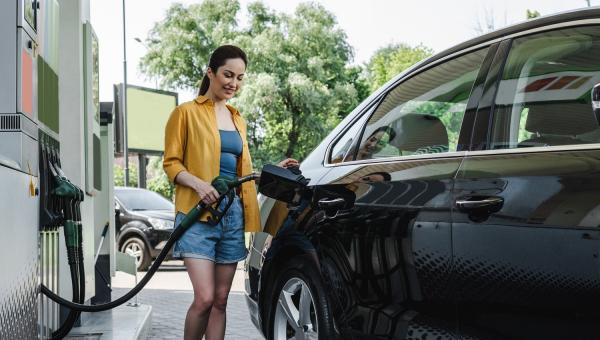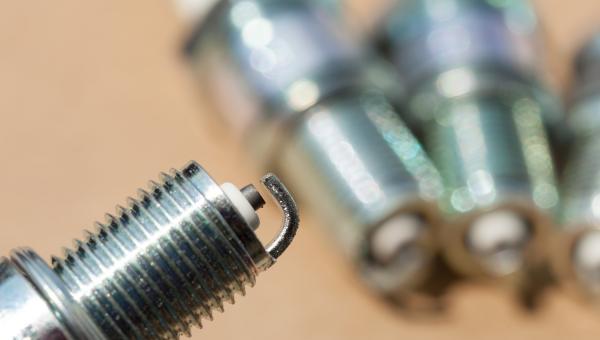Test Drive Notes Library
-
 Pros
Pros
- Electric operation. The HSE P400e is the Range Rover Sport’s plug-in hybrid. Plug in your electric charger port to the hidden outlet in the grill, and wait long enough, and the Range Rover Sport will give you a battery-powered experience. It’s smooth, powerful, and quiet. It’s also temporary . . . very temporary, due to the limited size of the batteries. But it does demonstrate how good a completely electric Range Rover will be someday. In the future, you could be gliding along silently in a 5,500-pound chariot. We look forward to that.
- Mileage.Did we mention that this thing weighs 5,500 pounds? That’s 27.5 mothers-in-law. That’s a lot to move around. Then you factor in the nearly 400 hp. In a rig like this, the job of the plug-in hybrid system is to boost the mileage from awful to not that bad. It’s there to provide “cover” so your Prius-driving neighbors don’t pelt you with tempeh. And it does that. We got about 15–20 miles of all electric driving, sometimes less if we jumped right on the highway with a full charge. Those electric miles are obviously gasoline free and they’ll boost your total efficiency. Once we used up the bulk of our electrons, however, we got about 18 mpg with the P400e’s four-cylinder gasoline engine and whatever hybrid advantage it gets from the battery. Overall, depending on how often you plug in, expect low 20s.
- Interior. Land Rover (the company that makes Range Rovers) understands that they have a reputation for toting fusty royals around Balmoral. And as such, they’ve doubled down on leather. The interior feels high end, well put together, and, well, expensive. $93,200 to be exact. You sit up high in comfortable chairs and you can see in every direction. You can use Apple Car Play or Android Auto to connect your phone and call your butler, and ask him to be ready to pluck the grouse as soon as you pull into the circular, gravel driveway. Life is good inside the Range Rover.
- Off-road ability. While our testing did not include our usual off-road detour through our neighbor’s pachysandra, we are assured that the Range Rover Sport has all the off-road capabilities that Land Rovers are known for. We have no reason to doubt it.
- Spectacular backup camera. We’ve been eagerly awaiting the day when backup cameras go from iPhone 1 to iPhone 11, and now we’ve seen it. The backup image is crystal clear and sharp. Higher resolution cameras, like this one, make a big difference in less-than-ideal conditions, like at night, or in the rain. Or at night in the rain.
-
 Cons
Cons
- Not enough battery. Getting 10–20 miles of all electric motoring feels increasingly like a gimmick. You still have to plug in your car, but the electric range is unimpressive. Remember, the Chevy Volt got 53 miles of all electric range with it’s plug-in-hybrid system back in 2010. Once the battery power runs down, then you have a slightly raspy 4-cylinder engine in your 90,000 wagon. It’s not that Land Rover can’t produce a great all-electric car. They also make the Jaguar I-Pace. It’s just that they haven’t done it with a Land Rover yet.
- Hybrid blending. It’s only because the electric operation is so smooth that we are disappointed by the hybrid operation. The switching between electric and gasoline is not as smooth as you’d expect in a $90,000 car.
- Stiff ride. Land Rover’s top model, the Range Rover (non-Sport, which is a totally different vehicle) manages to blend speed, off-road capability, and serious comfort. When they designed the “Sport,” and were told to chop 50 grand off the cost, the Land Rover engineers must have said, “pick two.” The Range Rover Sport doesn’t have the comfortable ride that it’s more expensive sibling has, and, in fact, it can be rather harsh over bumps.
Test Drive Notes Library
Get the Car Talk Newsletter
 Pros
Pros Cons
Cons


